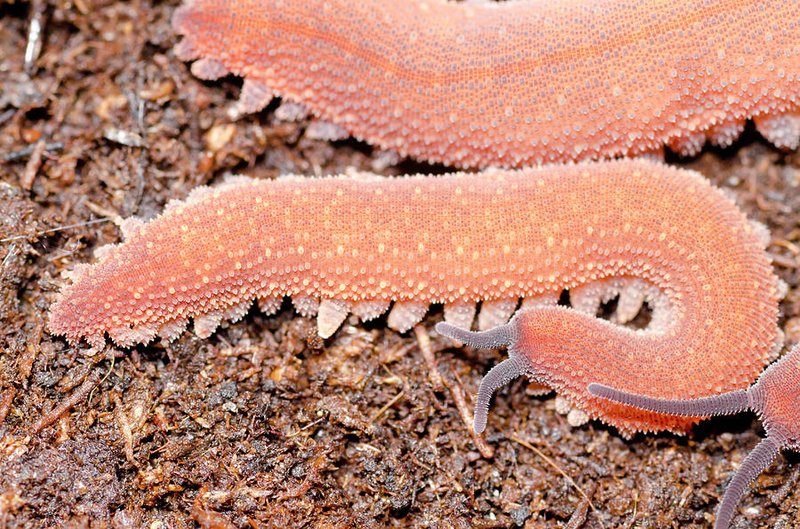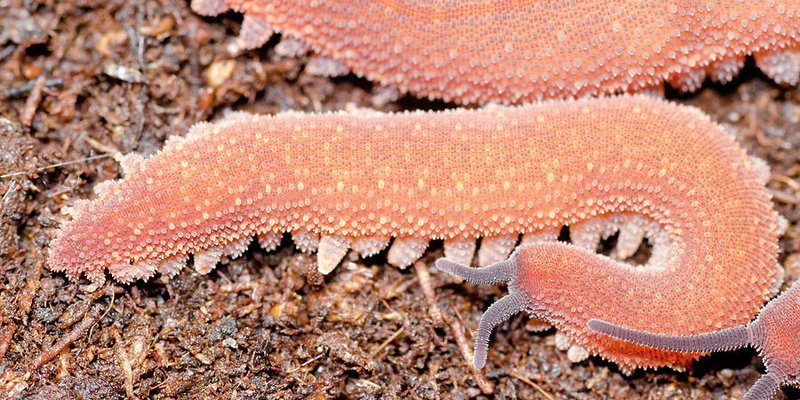
Imagine you’re brewing a cup of coffee. You choose a special blend that’s rich, robust, and layered with flavors. Similarly, the *color morphs of velvet worms* are a blend influenced by various genetic factors. Each color is like a unique flavor profile, shaped over time by evolution and environmental factors. Let’s dig into what makes these color variations tick.
Understanding Velvet Worms: A Quick Overview
Before diving into the genetics, it’s important to grasp who these creatures are. Velvet worms, also known as peripatus, live in humid environments and are often likened to a mix between a worm and an insect. They possess soft, flexible bodies covered in a velvety texture, hence their name. Typically, they have multiple pairs of legs, which help them navigate through their leafy habitats.
These creatures are not just fascinating to look at; they play a vital role in their ecosystems. As predators, they help control the population of smaller insects. Their unique structure and adaptations showcase the wonders of evolution, but it’s their colors that often intrigue people the most. You might be wondering, how do these colors come to be?
The Role of Genetics in Coloration
Genetics is the blueprint that defines how organisms develop traits, including color. In velvet worms, coloration is influenced by specific genes that produce pigments in their bodies. For instance, the combination of melanin, carotenoids, and other pigments affects whether a worm appears green, brown, or perhaps a mix of the two.
Here’s the thing: just like mixing paint, the right combination of genes can result in a wide array of colors. The genes responsible for these colors can be passed down from parent to offspring, creating a rich tapestry of color morphs within populations. This genetic variation contributes not just to each worm’s appearance but also to their survival in diverse habitats.
Environmental Factors Influencing Color Morphs
You might think that genetics is the only player in the game of color morphs, but environmental factors also play a significant role. Velvet worms often adapt their colors to blend into their surroundings, helping them evade predators. This camouflage is crucial for their survival.
For example, a velvet worm living in a mossy area might develop a greenish tint, while one in a dry, sandy environment might appear more brown. Their ability to change color isn’t as drastic as a chameleon, but it’s an excellent example of how nature shapes these creatures over time. The environments in which they live essentially “select” for certain traits, including color.
The Genetics Behind Color Variation
To delve deeper into the *genetics behind velvet worm color morphs*, researchers focus on specific genes that control pigmentation. These genes can be responsible for the production of different types of pigments, which give the worms their distinctive colors. For example, mutations in certain genes can lead to variations in pigment production—resulting in those striking color morphs.
It’s fascinating to consider how genetic variation can lead to unique adaptations in the wild. Even within one species of velvet worm, you might find several morphs that have developed in response to their specific environments. This genetic diversity can enhance a population’s resilience, allowing it to thrive in changing habitats.
Color Morphs and Their Ecological Significance
The various color morphs of velvet worms aren’t just pretty to look at—they serve essential ecological purposes. For one, their coloration can affect how well they camouflage within their habitat. This camouflage is vital for avoiding predators and ensuring they can hunt effectively.
Additionally, certain colors might attract mates or signal health and vitality. In the natural world, bright colors often signify that an organism is healthy and robust, making it more appealing to potential mates. This interplay of genetics and environmental advantages highlights the intricate dance between biology and ecology that these creatures embody.
Studying Velvet Worm Color Morphs: A Scientific Fascination
Researchers are increasingly intrigued by the *genetics behind velvet worm color morphs*, as these creatures can serve as valuable indicators of environmental change. By studying how color morphs vary within populations, scientists can gain insights into how creatures adapt to their ecosystems. This research can help us understand broader patterns of biodiversity and conservation efforts.
For those of us who love nature, understanding the genetic mechanisms behind these color variations adds another layer of appreciation. It’s like learning about the hidden life of a beloved book character—there’s so much more than meets the eye!
The *genetics behind velvet worm color morphs* is a beautiful reminder of how life is shaped by both genetics and the environment. Each color variation tells a story of adaptation, survival, and the delicate balance of ecosystems.
As we continue to explore and understand these fascinating creatures, we gain more insight into the complexities of nature. Whether you’re a long-time admirer of velvet worms or a curious newcomer, appreciating their vibrant colors and the science behind them deepens our connection to the natural world. Remember, just like that perfect cup of coffee, understanding velvet worms is about savoring the layers of flavor—each contributing to the richness of life itself.

